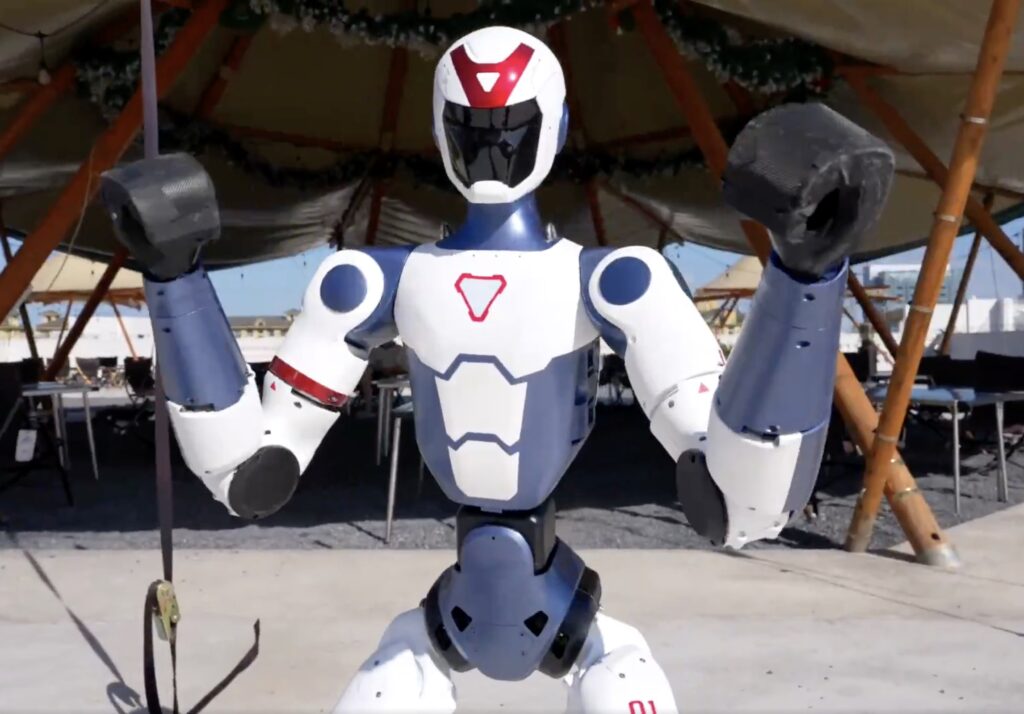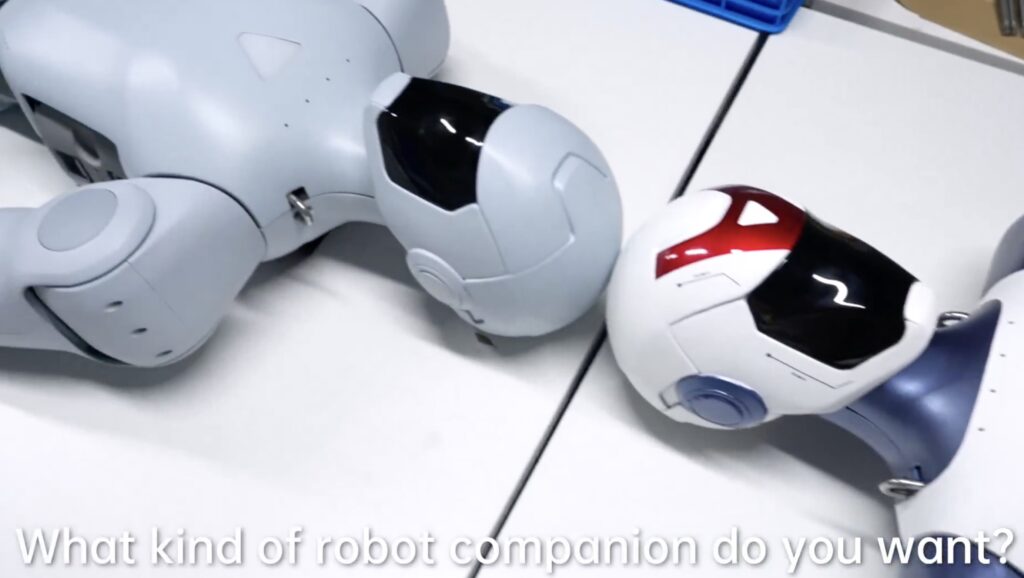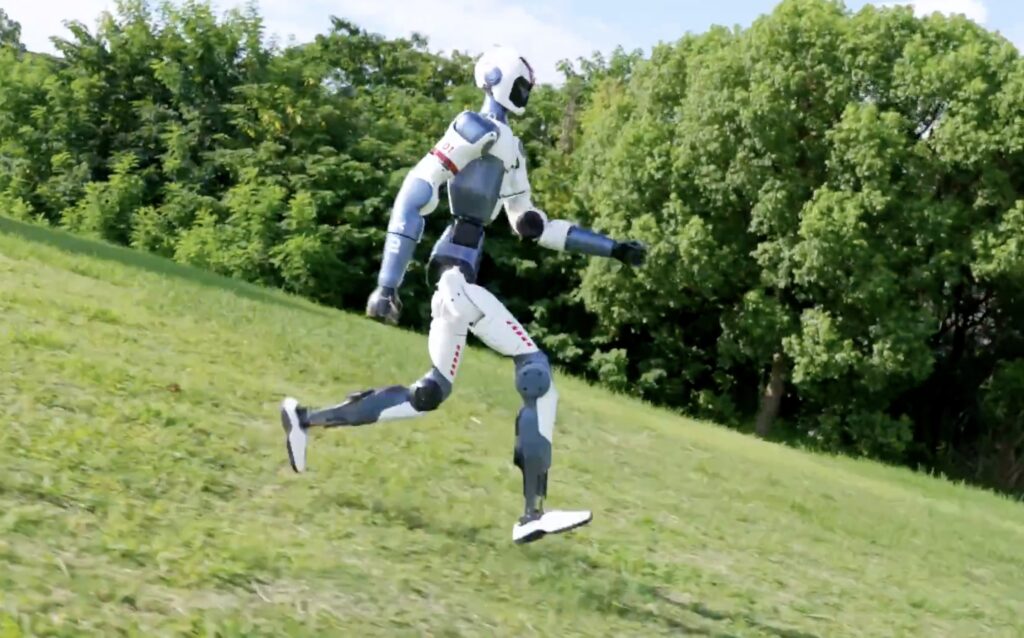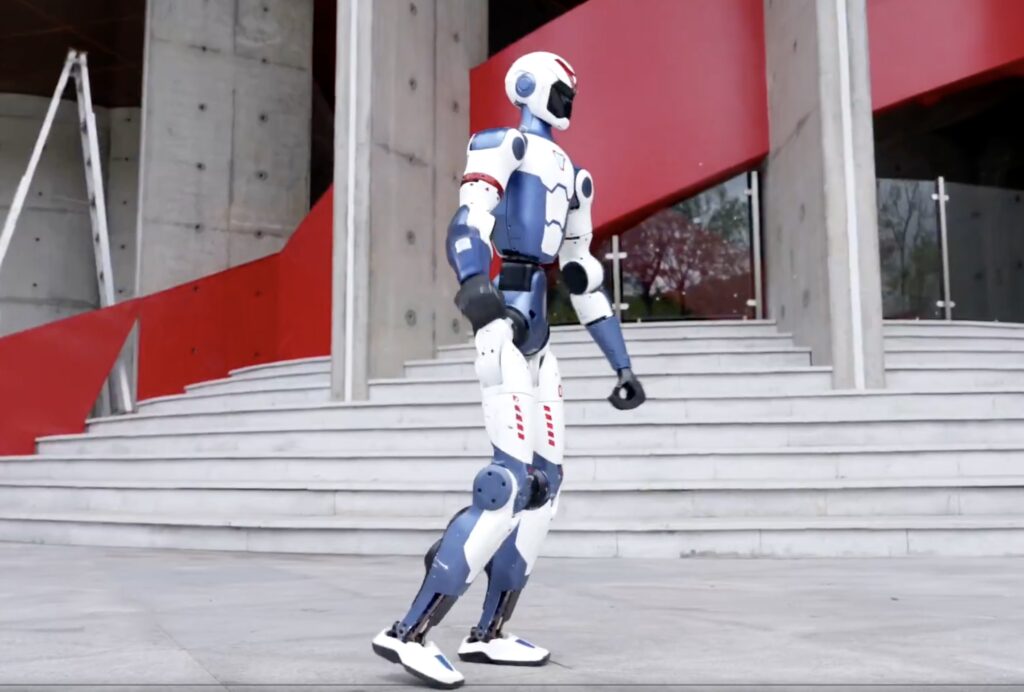Affordable AI Companion That’s Light on Its Feet and Heavy on Innovation
- Budget-Friendly Breakthrough: The Unitree R1 humanoid robot starts at just $5,900, making advanced robotics accessible while packing impressive features like 26 joints for fluid movements, including dancing, running, and sparring.
- AI-Powered Immersion: Equipped with a Large Multimodal Model for voice and image recognition, plus an onboard LLM for personalized interactions, the R1 offers an engaging, customizable experience as a companion for all ages.
- Pioneering the Agent Era: As a lightweight 25kg marvel from Chinese innovators, the R1 signals a shift toward mainstream humanoid robots, accelerating “Physical AI” advancements and highlighting China’s growing influence in global tech.

In an era where artificial intelligence is evolving from chatbots to physical companions, the Unitree R1 stands out as a game-changer. This Chinese-made humanoid robot isn’t just a technological novelty—it’s a glimpse into a future where robots integrate seamlessly into our daily lives. Priced starting at $5,900, the R1 challenges the notion that cutting-edge robotics must come with a hefty price tag. While prototypes from giants like Tesla often carry valuations in the tens of thousands, Unitree’s offering democratizes access, inviting everyday consumers to join the “agent era” by developing or customizing their own ultra-lightweight robot. Weighing in at approximately 25kg, it’s one of the lightest humanoid robots on the market, making it an ideal companion for younger users or anyone seeking a portable, interactive buddy.
What truly sets the Unitree R1 apart is its remarkable agility and expressiveness. Dubbed “born to move” by its creators, this robot boasts 26 joints that enable fluid, complex movements far beyond basic locomotion. Imagine a dance partner that grooves like nobody’s watching—Unitree’s demos showcase the R1 pulling off acrobatics, sparring sessions, and rhythmic dances with surprising grace. These capabilities aren’t just for show; they highlight the robot’s potential as an entertaining and functional household member. Whether it’s performing tricks to amuse kids or assisting with light tasks, the R1’s design emphasizes fun and utility, proving that humanoid robots can be more than stiff machines—they can be lively performers that bring joy and energy to any space.

At the heart of the R1’s appeal is its AI-infused intelligence, aligning with what NVIDIA’s CEO has termed “Physical AI”—the next frontier after generative AI. Integrated with a Large Multimodal Model, the robot excels in voice and image recognition, allowing for natural, immersive interactions. An onboard Large Language Model (LLM) enables personalized conversations, making the R1 feel like a true companion rather than a gadget. Users can customize it further by submitting designs tailored to their preferences, whether for aesthetic tweaks or functional enhancements. This level of personalization accelerates the advent of intelligent agents that understand and adapt to human needs, bridging the gap between digital AI and the physical world.
From a broader perspective, the Unitree R1 underscores a pivotal shift in the robotics landscape. While companies like Tesla are gearing up to launch their own humanoid solutions, Unitree is already ahead, making waves with consumer-oriented features at a fraction of the cost. This isn’t just about one robot; it’s a sign that humanoid robots are inching toward mainstream adoption. Chinese firms like Unitree are leading the charge, exerting massive influence on global innovation. Their efforts suggest that regions like China could dominate the “Physical AI” space, fostering competition that drives down prices and spurs creativity worldwide. As we witness robots like the R1 running, dancing, and interacting with such finesse, it’s clear we’re on the cusp of an era where these machines become everyday allies, transforming how we live, work, and play.

The excitement around the Unitree R1 extends beyond its specs—it’s a call to action for enthusiasts and developers. By offering tools to customize and build upon the platform, Unitree invites collaboration to push boundaries further. For just $5,900, owning a robot that dances, converses, and adapts might soon feel as commonplace as having a smartphone. As humanoid robots evolve from sci-fi dreams to reality, the R1 proves that affordability, agility, and AI can coexist, paving the way for a more connected and dynamic future. If you’re ready to accelerate into the agent era, this lightweight wonder might just be your perfect starting point.

